Category: Brigham Young
-
Samuel Weber on Adam-God Doctrine
One observation about Brigham Young—particularly when it comes to his most controversial ideas, like the Adam-God teachings—is that he tended to take ideas from Joseph Smith and then amplify them. The priesthood and temple ban on individuals with black African ancestry, for example, can be seen as an expansion of things Joseph Smith accepted and…
-
Brigham Young’s Early Journals
While the Joseph Smith Papers project is, in many respects, wrapping up, other presidents of the Church—including Brigham Young— have begun to receive more attention and papers projects of their own. In a recent interview at the Latter-day Saint history blog From the Desk, Ronald K. Esplin discussed some of his observations about the first…
-
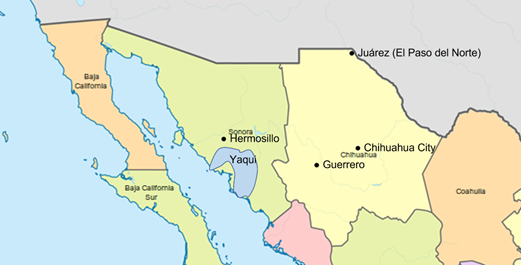
Mormonism in Mexico, Part 4: Look out for places where our brethren could go
It seems that in times of trouble, the early Latter-day Saints looked towards Mexico for refuge.
-
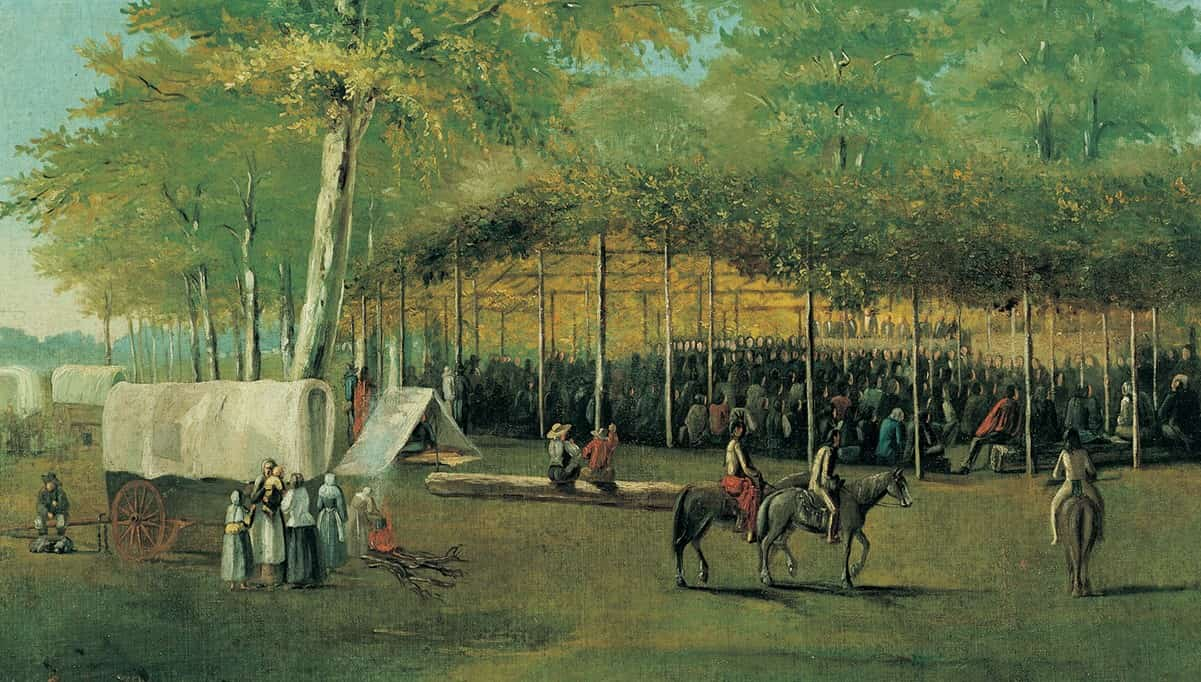
Mormonism in Mexico, Part 1: Westward to Mexico
It’s time to return to the Mexican Mission Hymns project, with a slight change. Instead of running hymn translations and the brief history discussions together, they will be separate posts moving forward. To do this properly, the previous history segments are going to be rerun as their own posts, starting with this one.
-
Vengeance Is Mine
The story goes that J. Golden Kimball was once preaching to a crowd in the South and became concerned when he noticed that only men were present. As he opened his mouth to talk, however, All at once something came over me and I opened my mouth and said, . . . ‘Gentlemen, you have not come…
-
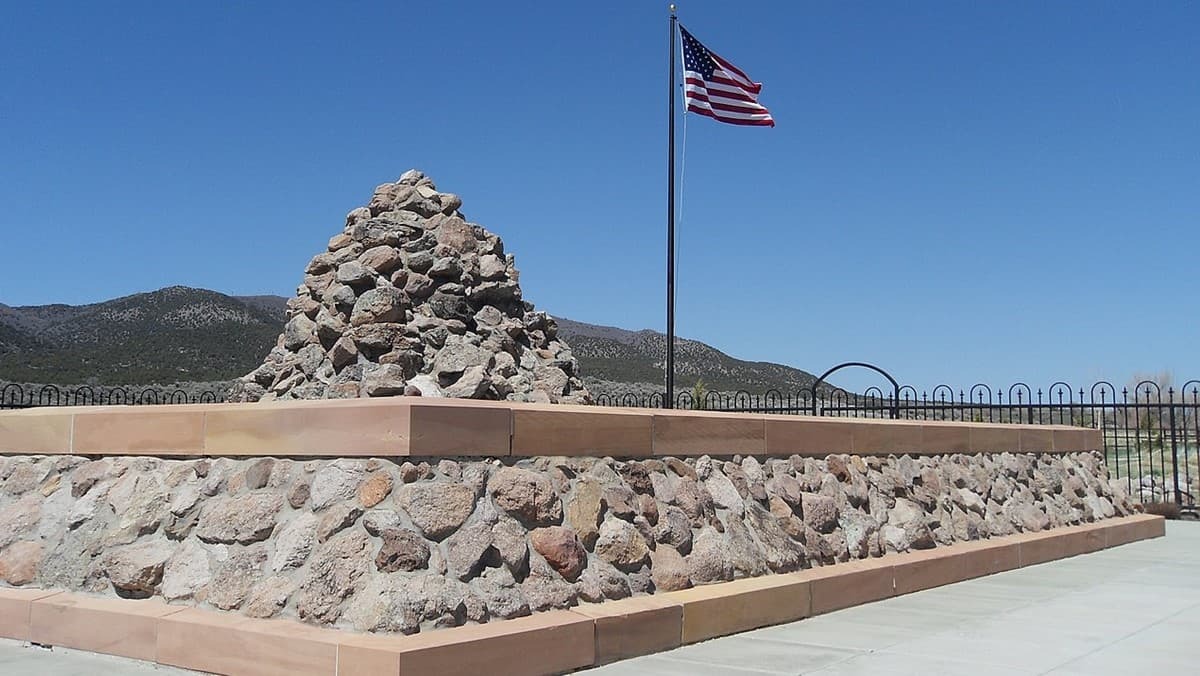
The Mountain Meadows Massacre Aftermath
One of the most significant books in Mormon studies being published this year is Rick Turley and Barbara Jones Brown’s Vengeance Is Mine: The Mountain Meadows Massacre and Its Aftermath. It’s been years coming, but is worth the wait. I’ll probably publish my own review next week, but wanted to highlight that Turley and Brown…
-
The Ordeal of Dr. John Milton Bernhisel
I’ve talked before about how if we knew and experienced the early history of the Church of Jesus Christ of Latter-day Saints for ourselves, we might be surprised by who were the most influential members in shaping the developing Church. Dr. John Milton Bernhisel is another of those individuals who had a surprisingly large impact…
-
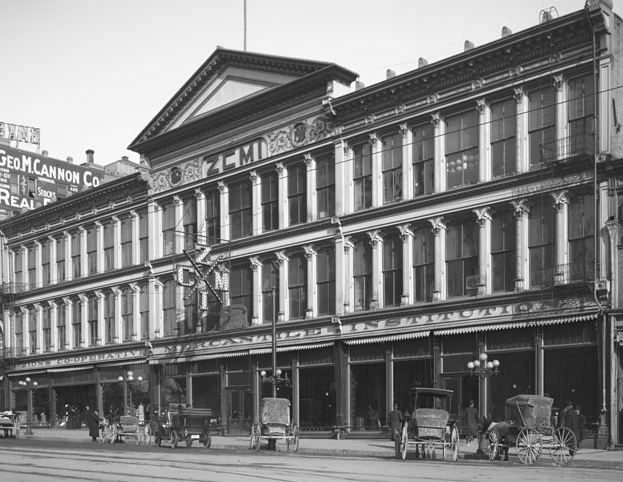
The Rise and Fall of the ZCMI
Growing up in the Salt Lake Valley, one of my family’s favorite Christmas traditions was visiting the ZCMI storefront in Salt Lake City to see a display of large ornaments decorated with candy. While that tradition is carried on by Macy’s Salt Lake City store, ZCMI is gone. But the story of how ZCMI came…
-
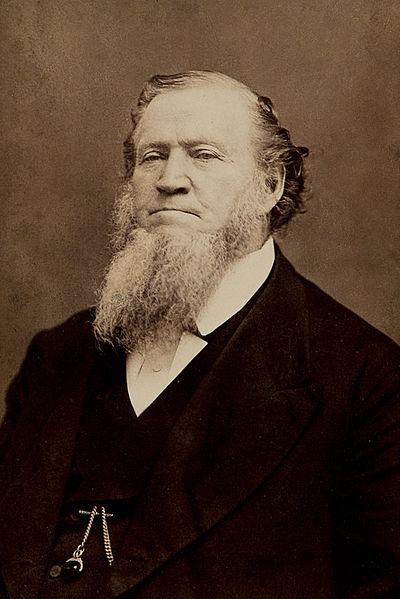
Looking at the Prophet Anew (Brigham Young edition)
How we understand and view President Brigham Young as the second prophet of the Restoration is often in a much more negative light than how the Prophet Joseph Smith is viewed. In a recent interview at the Latter-day Saint history blog From the Desk, Chad Orton discusses some of why that is and offers additional thoughts…
-
A Time When Tithing was Almost Done Away
In the aftermath of the US Civil War, the Church faced a heavy tax settlement that led to a contemplated hiatus in requiring tithing. In a recent interview over at the Latter-day Saint history blog From the Desk, Samuel Brunson discussed how that situation came about, what the leaders of the Church tried in order…
